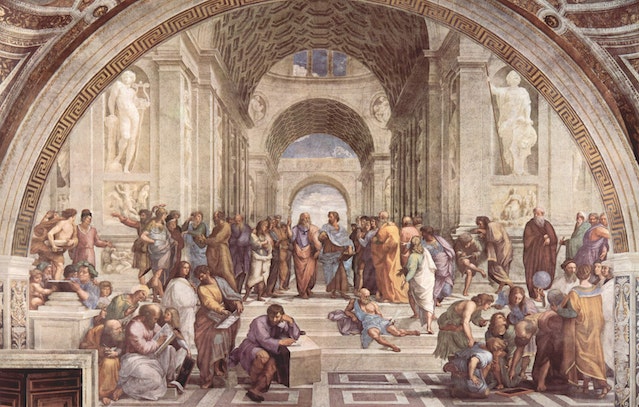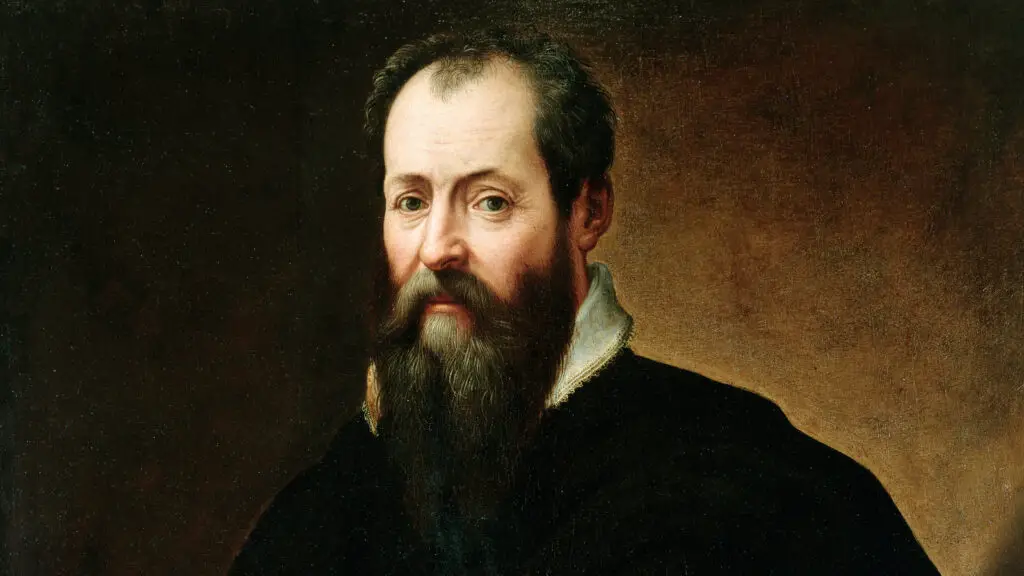
The Renaissance was a period of unprecedented artistic growth and creativity that swept across Europe in the 14th to 17th centuries.
This era saw the emergence of some of the greatest artists who ever lived, revolutionizing art as we know it.
Great Renaissance artists laid the foundations for much of the art that followed.
Their works continue to inspire and delight viewers around the world centuries later.
Through their paintings, sculptures, and architecture, these artists left a lasting legacy of beauty and innovation.
This article will explore some of the most influential Renaissance artists and their works.
Leonardo da Vinci
Leonardo da Vinci was one of the most influential artists of the Renaissance.
He was a master painter, sculptor, architect, engineer, scientist, and inventor whose diverse works spanned multiple disciplines.
His most famous painting is undoubtedly the Mona Lisa, which has become an iconic representation of beauty and human expression.
He also painted The Last Supper, a work depicting the final meal of Jesus with his apostles.
Other works by Leonardo da Vinci include the Vitruvian Man and Madonna of the Rocks.
He also left behind many studies on anatomy and engineering that provided insights into how the world worked.
Da Vinci’s revolutionary approach to art and science paved the way for future generations to explore and innovate. He is widely regarded as one of the most important Renaissance artists of all time.
- Related post: History of Science and Technology
- Related post: A Journey Through the Most Famous Historical Figures
Michelangelo

Michelangelo was another prominent figure in the art world during the Renaissance.
He was a painter, sculptor, and architect whose work had an immense impact on the history of art.
He is best known for painting the ceiling of the Sistine Chapel in Rome, which features iconic scenes from the Bible.
His most famous sculpture is undoubtedly David, a 17-foot marble masterpiece that stands as a symbol of strength and beauty.
Other works by Michelangelo include The Creation of Adam and Pieta.
He also designed the dome of St. Peter’s Basilica in Rome, one of the most important churches in the world.
Michelangelo’s works have been hugely influential and remain some of the most beloved Renaissance artworks to this day.
Raphael
Raphael was an Italian painter, architect, and draftsman whose works are renowned for their grace and beauty.
He was a student of the great Leonardo da Vinci, and his art was heavily influenced by the master’s style.
His most famous painting is The School of Athens, which features figures from classical antiquity in an idealized setting.
Other notable works include Saint George and the Dragon, The Marriage of the Virgin, and the Transfiguration.
He also designed several palaces and villas in Rome, including Villa Madama and the Palazzo Baldassini.
Raphael’s works are widely celebrated for their technical precision and beauty, making him one of the most important artists of the Renaissance period.
Titian
Titian was an Italian painter who worked during the High Renaissance and is considered one of the most influential painters in history.
His vibrant works are renowned for their use of light, color, and texture to create dramatic compositions.
Titian’s most famous painting is The Assumption of the Virgin Mary, which depicts Mary ascending to heaven surrounded by a choir of angels.
Other works include The Three Ages of Man, Bacchus and Ariadne, and the Titian Judgment. He also painted many portraits for the aristocracy of Venice, including Pope Paul III. His innovative use of color and light made Titian one of the most important painters in history, and his works remain highly influential to this day.
Sandro Botticelli
Sandro Botticelli was an Italian painter who worked during the early Renaissance.
He is best known for his mythical scenes, such as The Birth of Venus, a work that celebrates the beauty of nature.
His other famous works include Primavera, which features mythological figures in a lush garden, and the Calumny of Apelles, a powerful anti-slander painting.
Botticelli was also known for his religious works, such as the Adoration of the Magi and Mystic Nativity.
His paintings are celebrated for their graceful compositions and vivid colors, making him one of the key painters of the Renaissance period.
Botticelli’s works remain highly influential and continue to captivate viewers to this day.
Giorgio Vasari

Giorgio Vasari was an Italian painter, architect, and writer who is best known for his biographical writings on the lives of Renaissance artists.
His most famous work is The Lives of the Most Excellent Painters, Sculptors, and Architects, which chronicles the lives and works of the great masters.
He was also a painter and architect, having designed several villas in Tuscany and frescoes for churches in Rome.
His paintings show his admiration for Michelangelo and include The Last Supper and The Martyrdom of St Sebastian.
Vasari’s biographical works remain highly influential to this day, providing invaluable information about the lives of Renaissance artists.
His paintings continue to be admired for their grace and beauty, cementing his place as one of the greats of the Renaissance period.
- Read also: The Most Influential Inventions in History That Changed The World
- Read also: Top 5 Nikola Tesla’s Inventions List That Changed The World
Albrecht Dürer
Albrecht Dürer was a German painter, printmaker, and theorist who is widely considered one of the greatest Northern Renaissance artists.
He is renowned for his woodcuts and copper engravings, which feature religious scenes and allegorical figures.
His most famous works include The Four Horsemen of the Apocalypse, Knight, Death, and the Devil, and The Rhinoceros.
He was also a highly skilled painter, producing several portraits and scenes of nature, such as watercolors of plants and animals.
His works show an unparalleled technical skill combined with emotional expression, making him one of the most influential artists of his time.
Overall, all these Renaissance artists have left a lasting legacy.
Titian’s use of color and light made him one of the most important painters in history, while Sandro Botticelli is celebrated for his graceful compositions and vivid colors.
Giorgio Vasari is renowned for his biographical writings on the lives of Renaissance artists, and Albrecht Dürer is celebrated for his woodcuts and copper engravings.
These four Renaissance masters have left behind a wealth of art that continues to influence generations of artists.
Their works remain highly influential, captivating viewers with their beauty, skill, and insight into the human condition.



